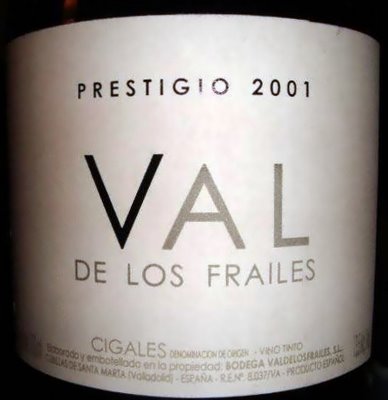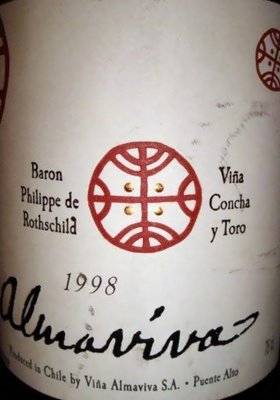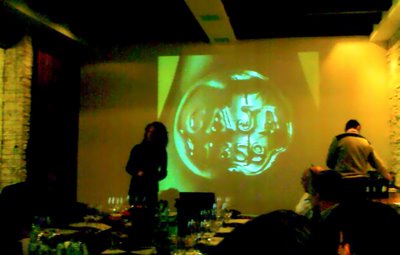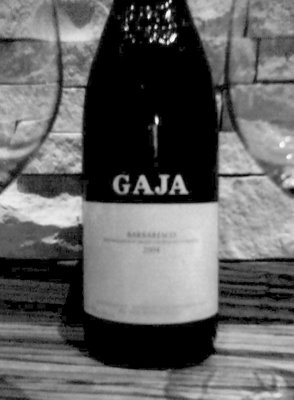Fred Loimer Spiegel Veltliner 2003
2003 is a vintage I was heavily stocked with, and am only now finishing the last bottles of the whites. European readers surely remember the excruciating heatwave that nurtured Europe throughout August that year, and made for a fairly appalling collection of flabby, alcoholic, burned-fruity whites wines from Savennières through Alto Adige down to Danubian Austria. (Only the limit zones for dry whites wines, such as Champagne, the Mosel and Tokaj, seem to have produced decent wines in any quantity).
In their early youth these 2003 Rieslings, Sauvignons, Veltliners and Pinots were surely one-dimensional but with a certain fruity charm. With years passing, the fruit deteriorated, leaving unbalanced structure heavy on C2H5OH and low in life-giving acidity. Few have been the wines that have stood the test of 4–5 years, and 2003 has turned out to be the true ‘vintage of the devil’ as I have nicknamed it (for the white wines). To a lesser extent, I have similar feelings about 2006 in such regions as Austria, the Palatinate, or Chablis.
The Loimer Spiegel confirmed all what was wrong about 2003. Clearly it is the last urgent call for cru Veltliners from this vintage. This wine shows no minerality, no freshness, although a vestige of former green citrus pithiness perhaps. Palate is broad, alcoholic, vague. Alcohol is noticeable though perhaps not outrageous (13.5% on label; I can’t help thinking of a recently tasted F.X. Pichler ‘M’ Veltliner from 2006 which was 15+%), but it doesn’t really help the overall balance. This wine is not exactly unpleasant but has clearly lost most of its qualities.
Surely Veltliner, with its natural richness, earlier ripening, and moderate acidity was handicapped in 2003. Austrian Rieslings overall have fared better, and some are still alive. For example, the Schloss Gobelsburg Gaisberg Riesling 2003. There is no denying the devilish imprint of 2003, showing in a pervasive alcoholic warmth (despite there being only 12.5% on the label) but there is also some good substance and a whiff of acidity for nominal freshness. About recognisably Riesling, although the notes of butterscotch, honey, peach jam are really quite pushy. Don’t decant or leave sitting open for too long: chill well and enjoy with rich foods. And get rid of any 2003s you might still be sitting on.


 From his cellar, R. generously offered the
From his cellar, R. generously offered the 

